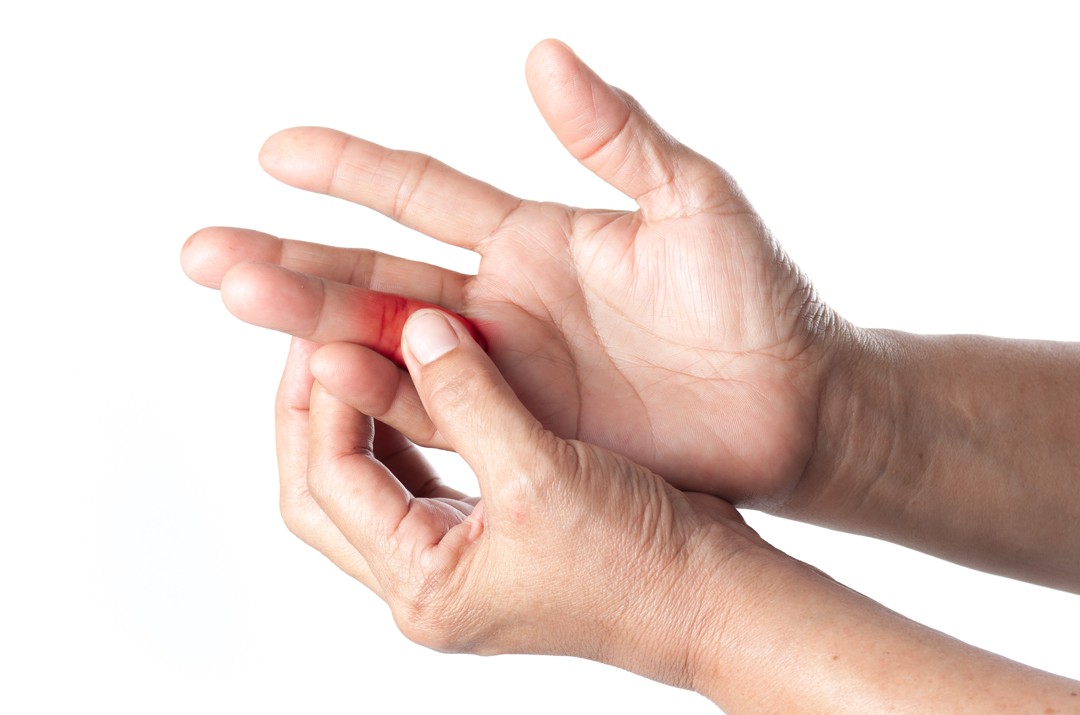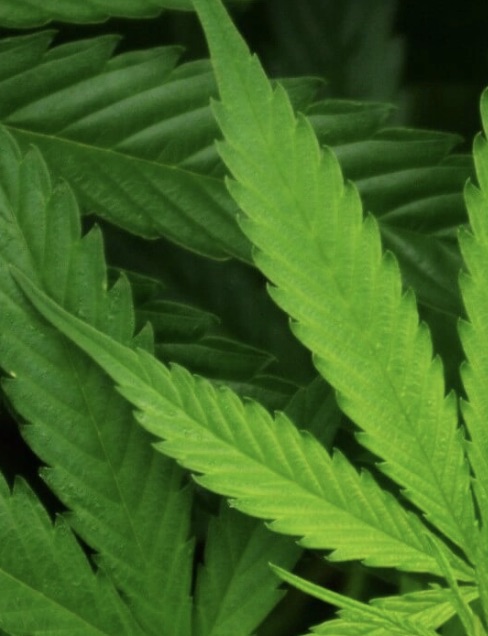Fingers are undoubtedly among our most delicate joints, yet also probably the ones we use the most. Our hands have altogether 29 bones, from our fingers to our wrists, and come together to form many small joints. From waking up in the morning to going to sleep at night, we make these joints work non-stop.
Let’s focus on the fingers. Fingers include the knuckle joints connecting our fingers to the base of the palms of our hands. When things go sour with these joints, it can have a fundamental effect on our ability to function properly. And by going sour, we mean arthritis in the fingers and knuckles can occur.
Let’s Categorize Types of Arthritis
There are over 100 types of rheumatic diseases, including arthritis. These conditions are characterized by inflammation that affects the joints, tendons, ligaments, bones, and more.
In fact, 1 in every 4 Americans suffers from some form of arthritis. Let’s discuss the two that are most common:
Osteoarthritis (OA) – by far, the most common of all types of arthritis. It’s also referred to as wear-and-tear arthritis, and, as implied, it’s the result of usage of the joints.
It’s prevalent among the elderly but can also attack younger people, particularly those who practice high-intensity sports. In OA, the normal cartilage is steadily worn away, exposing bare bone at the joints.
Rheumatoid Arthritis (RA) – a systemic, autoimmune condition in which the body’s immune system wrongly identifies the soft tissues surrounding the joints as “infiltrators” and constantly attacks them. This causes inflammation that inflicts constant pain, and, as the disease progresses, so does the irreversible joints damage it causes.
Most often, RA will begin with the fingers and knuckles and work its way symmetrically along the finger joints through the wrists of both the left and the right hands.
[Please note: CBDMEDIC™ products are designed for minor arthritis only, not for autoimmune conditions like RA. This section is for educational purposes only. Please speak to your primary care physician or specialist before attempting to handle your symptoms on your own.]
Let’s Focus on Arthritis in the Fingers and Knuckles
According to the Arthritis Foundation, about half of all women and one-quarter of all men will experience the stiffness and pain of OA of the hands by the time they are 85 years old.
The most frequently affected joints in the hands are:
- The base of the thumb, where the thumb and wrist come together
- The joint closest to the fingertip
- The middle joint of a finger
The signs and symptoms include:
- Joint pain
- Swelling
- Stiffness
- Loss of motion
Patients with OA often develop lumps around the knuckles of the fingers. These lumps are called Heberden’s nodes (when around the more distant knuckle) or Bouchard’s nodes (when around the closer knuckle). Is essence, these lumps are bone spurs, projections that develop along bone edges, often where bones meet each other in the joints.
If you’ve ever heard your grandmother complain that it’s difficult for her to put her ring on, these spurs might be the reason.
Most of these bone spurs cause no signs or symptoms and you might not realize you have those until you have an X-ray. In other cases, however, bone spurs can cause pain and loss of motion in the joints.
How is Arthritis in Fingers Diagnosed?
As always, it begins with someone experiencing pain or discomfort. Your doctor will examine how your hands look and work and may check other joints for signs of arthritis.
X-rays may show loss of space in your joints – indicating cartilage loss – and formation of bone spurs. A diagnosis is made by combining this information with your medical and family history.
What Pain-Relief Options are Available for Arthritis in Fingers?

OA is a chronic disease, which means there’s no cure for it. However, healthy lifestyle habits and available options for pain relief can help manage your symptoms and keep you going.
Let’s divide treatment approaches to 5 options:
Non-Drug Options: Reducing strain on joints with a splint or brace, adapting hand movements, using hot or cold therapy, and doing hand exercises.
Oral Medications: Medicines to ease OA symptoms include both prescription and non-prescription nonsteroidal anti-inflammatory drugs (NSAIDS) as well as opioids like codeine.
Steroid Injections: Not meant to be used long-term, steroid injections are injected directly into the affected joints and can help reduce pain. They may be used when a patient is having a flare-up of OA.
Surgical Options: If medications or self-care activities fail to give relief, surgery may be an option. An orthopedic surgeon can remove the damaged cartilage and fuse bones together or replace the damaged joint with a plastic, ceramic or metal implant.
Topical Pain Relievers: Before pursuing oral medications, injections or taking measures like surgery; consider trying a more natural approach to your arthritis pain. Products that offer pain relief for arthritis made with naturally-derived ingredients, like CBDMEDIC™’s Arthritis Aches and Pain Relief Cream, are a more natural remedy for those concerned with the potential unwanted side effects of oral and injectable medications. If you’re interested in learning more then check out our article on the best pain relief cream.
The use of camphor and menthol act as counterirritants, which temporarily distract your brain from the arthritis pain and replace it with the cooling sensations of both active ingredients.
Natural Remedies for Arthritis Pain
Since OA is a local condition, meaning it affects specific joints, a naturally-derived topical product offers a great remedy, allowing you to rub it in right where the pain is located. Unlike medications that can have an effect on the entire body, topical products deliver pain-relief right to the source. Now that’s a targeted strike!



